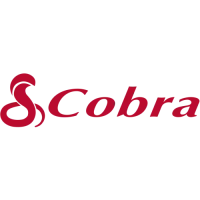damping is adjustable on the fork cap, and compression damping is adjusted at
the bottom of the fork. The other leg (the Smart Leg) has no rebound damping,
and it contains both a speed sensitive compression damping mechanism as well
as a position sensitive one. This design allows for a firm low speed response,
controlling rapid chassis pitch, which promotes stability and control. The fork
produces significantly less mid and high-speed compression until it travels into
the progressive / speed sensitive portion of the smart leg. The speed sensitive
compression component is adjustable at the top of the fork.
The combination of the Smart Leg and the conventional leg allows the fork to be
very supple throughout all low amplitude operation and yet take punishing hits;
producing a progressively increasing damping rate that slows the forks
movement as it approaches full bottom. Therefore, the Smart Leg also acts as a
hydraulic bottoming control device. Finally, the large degree of adjustability in
both legs allows the fork to be tuned to meet each rider’s size, ability, and type of
riding they do (motocross, off-road, flat track, etc).
Fork Damping Adjustments
Tools required
Small flat blade screwdriver
The speed at which the fork rebounds can be adjusted
at the top of the conventional leg. Turning the
adjustment screw clockwise slows the rate at which
the fork extends after being compressed, and likewise,
turning the screw counter-clockwise returns the leg to
its extended position faster. As shown in the figure, ‘S’
(slower) and ‘F’ (faster) are etched into the cap as an
adjustment guide.
At the base of the conventional leg is another adjustment
screw that controls the amount of compression damping.
Turning this screw clockwise increases damping and turning
it counter-clockwise will decrease it. This is illustrated by the
“HARD” and “SOFT” in the figure at the right.
The Smart Leg cap is labeled
“Speed Sensitive Bottoming
Control”, and this adjuster provides a range of control
over how progressive the fork feels. Turning the screw
clockwise increases the fork’s resistance to bottoming,
while turning the screw counter-clockwise decreases it.
On the track, this effect will be felt on sections where

